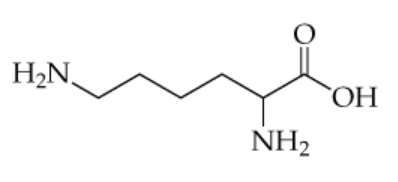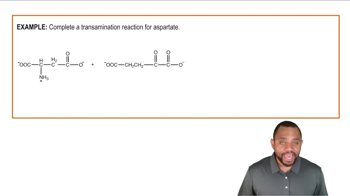Using condensed structural formulas, or line-angle formulas if cyclic, write the balanced chemical equations for the (1) reaction of each of the following amines with water and (2) neutralization with HBr:
c. N-methylaniline

 Verified step by step guidance
Verified step by step guidance Verified video answer for a similar problem:
Verified video answer for a similar problem:



 1:32m
1:32mMaster Acid-Base Reaction Concept 1 with a bite sized video explanation from Jules
Start learning